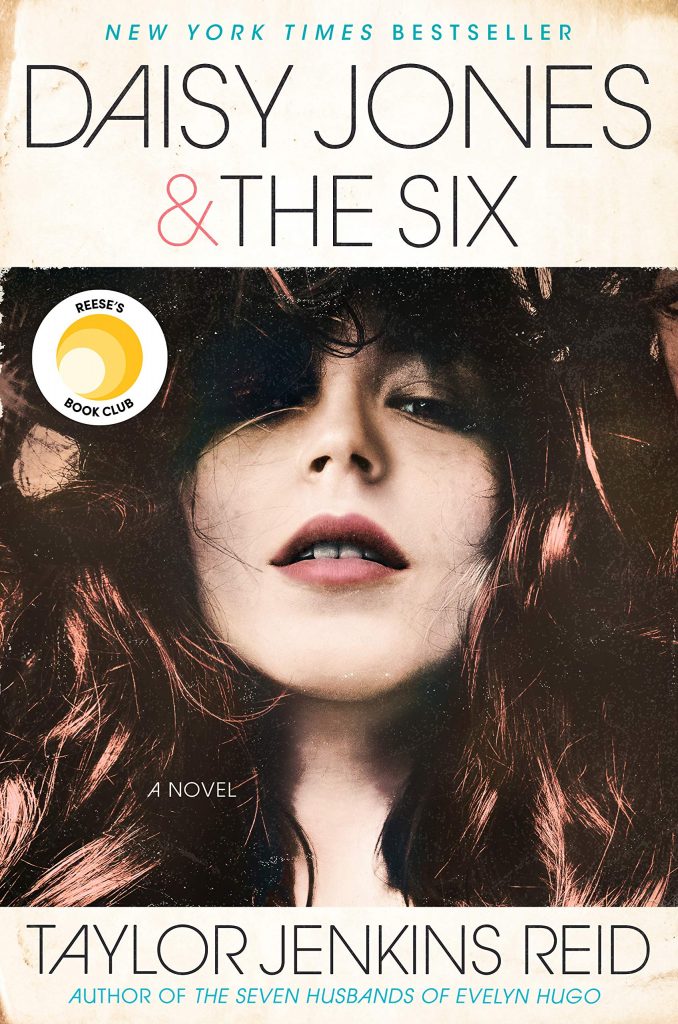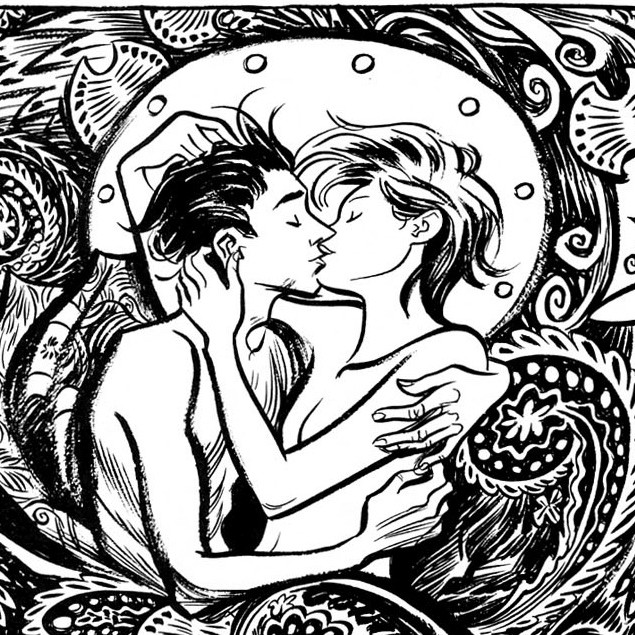
Midway through reading Daisy Jones & The Six, Taylor Jenkins Reid’s oral history of a fictional rock and roll band from the 70s, I feel this desperate urge to pause and listen to the Fleetwood Mac album Rumors. It was not a normal, hey-I-need-to-check-this-out feeling, it was somewhat akin to craving for a drink on a hot summer day, when you lick your lips and want that first swig of a cold beer to fill that ferocious vacuum in your head and belly all at the same time.
If you read the book, and get to the portion where the band’s seminal album ‘Aurora’ is being made, you may understand why. Of course, you also need to know something about Rumors, in order to make sense of the relationships unraveling on the page and how this very real album, to me, seemed like the only piece of musical history that could provide the musical resonance the book needed. I listened to the first few songs from Rumors, skipped to ‘Songbird’, a track that lacerates and heals my heart every time I have played it in the last twenty-odd years, and then carried on reading.
It is incredible how great the format of the book works for the subject. It is completely immersive, and visual in a way that most books try to be, but do not succeed. The picture that emerges from the juxtaposition of multiple people talking about the same sequence of events, with viewpoints switching in near-real time, makes it feel like I am reading a transcript of a documentary video. Reid captures the distinct voices of the characters in an incredible manner — no one is peripheral, and while the bulk of the focus is on the talented duo of Daisy Jones and Brian Dunne, it is the reactions of characters like Eddie and Camille that garnishes the story, shows you the debris the main characters leave behind, and enriches our experience. The experience, just so you know, is not just that of music, or love, or drug-fueled tours, it’s about the way the writer manages to capture the zeitgeist of the seventies, and a female perspective to rock and roll that I have not seen outside of Patti Smith’s autobiographies. The way the characters of Daisy, Karen, Simone, and Camilla are so different, and do not exist as cliches or tropes of the genre, is astonishing to say the least.
My favorite moment in the book comes when the author (not Jenkins Reid, but the fictional author of this fictional band) breaks character, with a short note explaining why, and the pages that come after not only signal the beginning of the end, but also gives you an idea of where things are about to go. Like turning the viewfinder of a lens that brings a blurry image into focus. It ends with a letter from a mother, and then all the lyrics of the songs in Aurora, one after the other, in the order of appearance in the album.
It is not surprising to learn that Amazon Studios is working on a TV adaptation of the book, and I have no doubt the production team has a tough time ahead of them. And it’s not just the music, it’s about adapting the iconography the book flaunts — be it Daisy’s drug-fueled vulnerability, or the way her voice changes on the fifth take of ‘Impossible Girl’, or the visual description of the album cover shoot of Aurora. It will be hard to match up to what’s in our heads when we read the book, and I am not holding my breath.
But what got me grinning like an idiot was reading the acknowledgements by the author (Jenkins Reid this time), and finding this dedication to her husband:
To Alex: It was hard to know where to acknowledge you because you have your hand in every aspect of this story. You came up with the idea with me, taught me about music theory, listened to Rumours with me, fought about Lindsey Buckingham and Christine McVie with me, gave up a job to be home more, became the primary parent, and read the book approximately nine million times. And most of all, you make it easy to write about devotion. When I write about love, I write about you. We’re ten years into this party and I’m still mad for you.
Turns out the entire framework of the book is based on the Lindsey Buckingham/Stevie Nicks dynamic!
